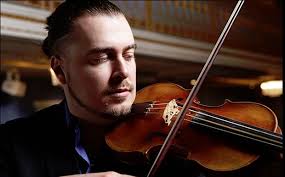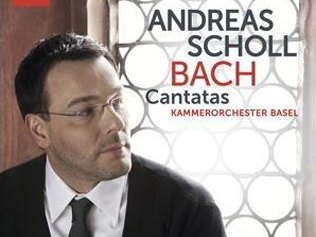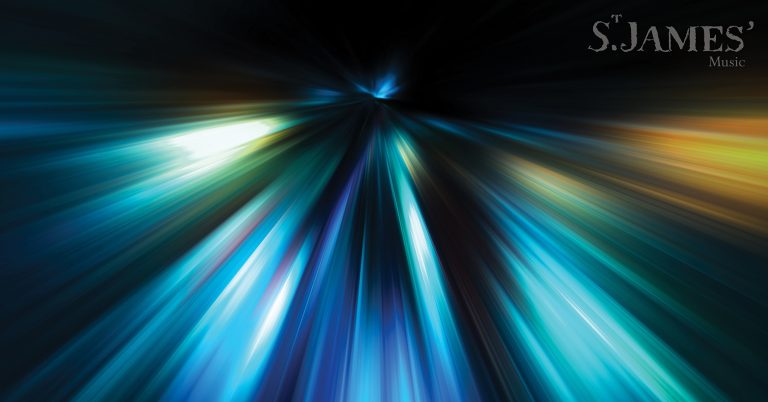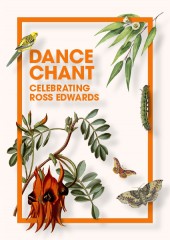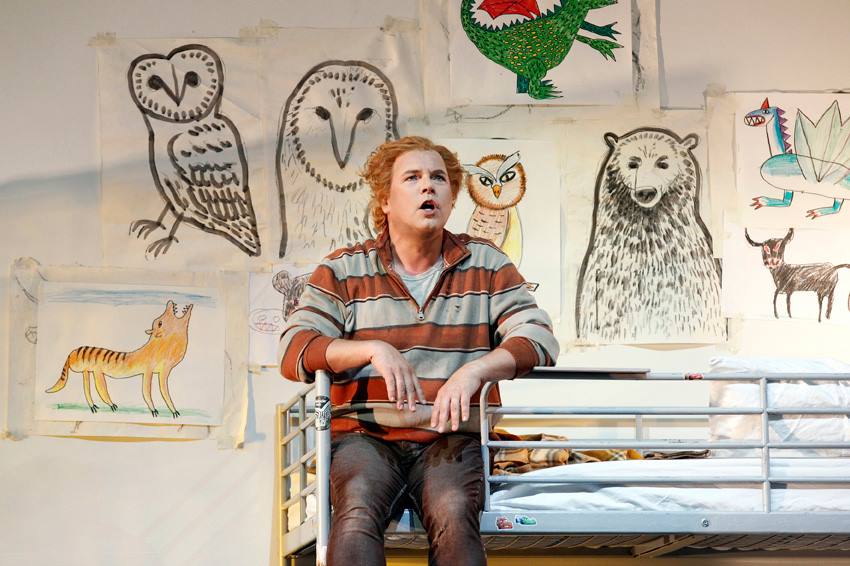Concert Review: Australian Brandenburg Orchestra/ Dmitry Sinkovsky/ The Singing Violin
Australian Brandenburg Orchestra
Dmitry Sinkovsky, violin
26 July 2017, City Recital Hall, Angel Place
Written by Larry Turner
Dmitry Sinkovsky has acquired a substantial reputation in Europe and North America both as a violinist and a counter-tenor. On this 2017 tour for the Australian Brandenburg Orchestra, it is his virtuosity as a violinist that is centre-stage.
Performing a program of music from the first half of the eighteenth century – mostly from Italy, or heavily influenced by the Italian style, the opening Ciaconna by Jacques Aubert (from Op.26, no.3), was performed by four solo violinists from orchestra’s principal players. It was perhaps invidious to ask the concertmaster, Shaun Lee-Chen, to play such an exposed, virtuoso violin part immediately before the appearance of the guest soloist, since comparisons became inevitable.
Sinkovsky appeared, directing Telemann’s ‘Pisendel’ Violin Concerto (TWV 51:B1) from the violin, immediately staking his claim with his full tone, clean figuration and just intonation. He played the quiet passages with a clarity that projected through the hall and his cantabile playing in the slow movement (sempre piano) produced a hushed rhapsody against the spiccato middle strings and pizzicato lower strings of the orchestra. The effect was ravishing and a memorable highlight of the concert.
In Vivaldi’s Concerto for Two Horns (RV538) the two solo parts were played by Darryl Poulsen and Dorée Dixon. Natural horns always demand a trade-off between obtaining the authentic, rustic sound of the instruments and the virtual impossibility of playing them with the accuracy of a string or wind instrument. Poulsen’s and Dixon’s playing chortled effectively and they succeeded as well as could be expected. The concerto’s slow movement is scored simply for solo cello with continuo and Jamie Hey played with fine legato and sensitive phrasing.
In Leclair’s Violin Concerto (Op.7, no.2) Sinkovsky again displayed his clean articulation, excellent intonation and command of lightning-fast scale passages, pushing the brisk tempo even faster.
The second half of the concert started with two pieces by Locatelli, one of the earliest violin virtuosi. His Concerto Grosso Op.7, no. 6, Il pianto d’Arianna, is a series of mostly slow, emotional episodes reflecting the distress of the deserted Ariadne. Sinkovsky revelled in its rather disjointed emotional outpourings and at times played with an almost gypsy-like passion. The second Locatelli piece was an Introduzzione teatrale Op.4, no.5 in which the Brandenburg’s characteristically energetic fervour sometimes overflowing into abrasiveness.
The final scheduled work was Vivaldi’s Violin Concerto Il favorito (RV277). As Lynne Murray’s excellent program notes observed, the final movement is reminiscent of the ‘hunt’ in the Autumn concerto from the Four Seasons. It was given a spirited performance in which Sinkovsky again impressed with his rapid figuration and technical virtuosity. It was rapturously received by the audience.
This was an occasion on which one of the highlights of the concert emerged only in the encores, with Sinkovsky presenting his credentials as a counter-tenor. While the published program featured only the former, the encores showcased the latter with Sinkovsky performing two Handel arias: Dove Sei, amato bene from Rodelinda and Va tacito e nascosto from Giulio Cesare.
Sinkovsky impressed – performing without a vocal warm-up after having just performed a Vivaldi violin concerto and a brief violin encore. His singing tone is rounded, attractive and well-projected. His voice is flexible and with a wide range, extending down into a strong, almost chest-like lower register. As would be expected from his idiomatic violin playing, he displayed a fine sense of style in his performance. In Va tacito, Darryl Poulsen played the demanding and very exposed horn obbligato, with a perfection that is only found in the recording studio when playing such difficult music on the notoriously challenging natural horn. Poulsen was spot lit and placed on gallery high above the stage. He accomplished this daunting assignment admirably and collaborated entertainingly with Sinkovsky in their good-natured musical rivalry. Although Sinkovsky sang only briefly, it was like having two enjoyable concerts in the one evening.
Further performances of this remarkable program are being given in Sydney, Melbourne and Brisbane until 8 August.
Larry Turner for SoundsLikeSydney ©
Larry Turner is an avid attender of concerts and operas and has been reviewing performances for Sounds Like Sydney for several years. As a chorister for many years in both Sydney and London, he particularly enjoys music from both the great a capella period and the baroque. He has written programme notes for Sydney Philharmonia, the Intervarsity Choral Festival and the Sydneian Bach Choir and is currently part of a team researching the history of Sydney Philharmonia for its forthcoming centenary.

